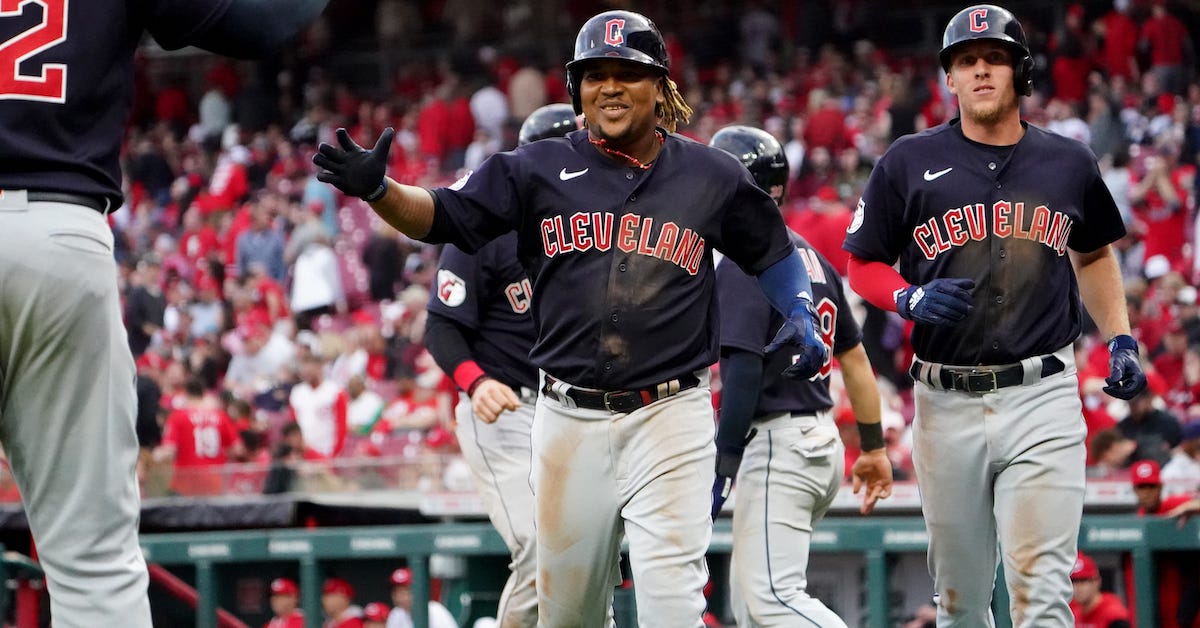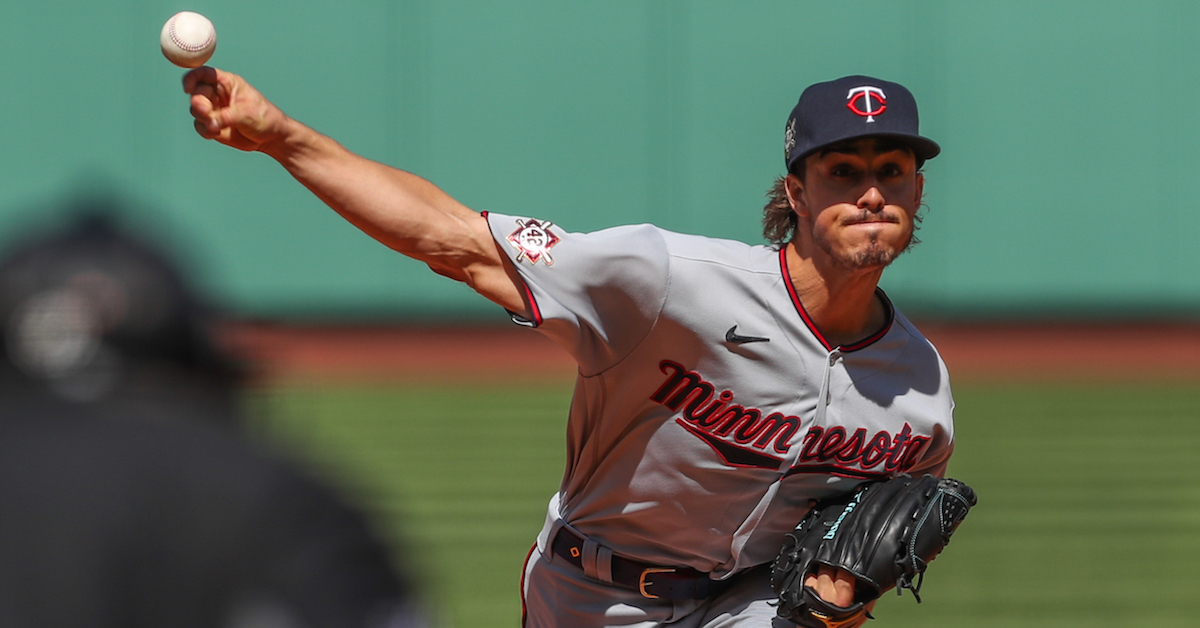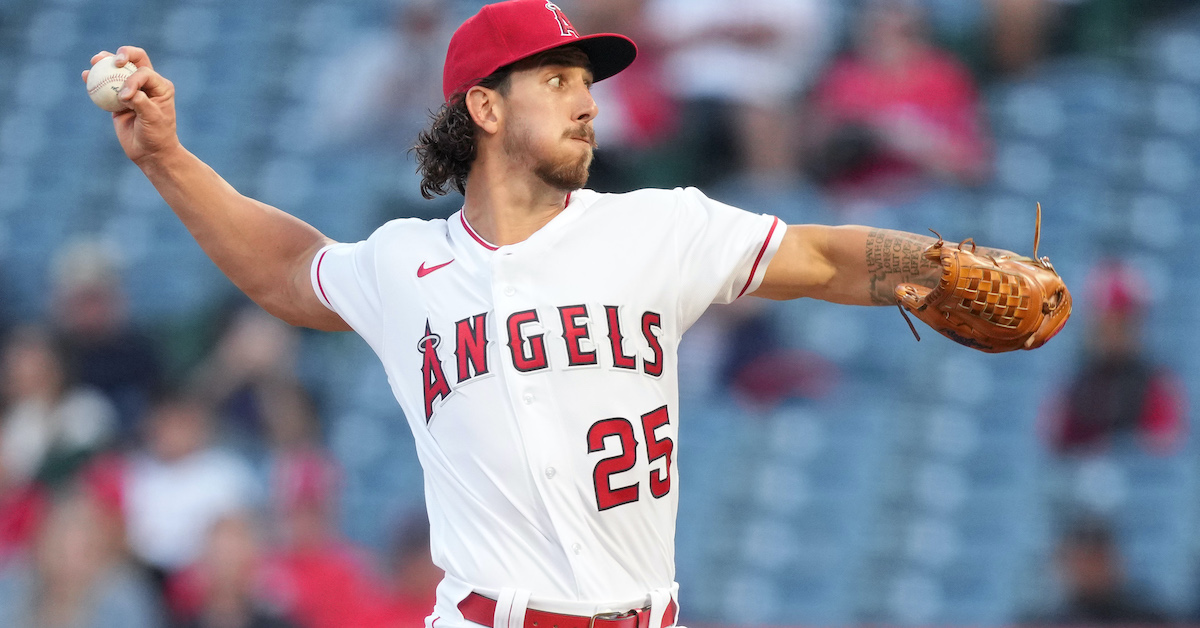Welcome to Hitless Baseball

By his own definition, Max Scherzer had a shot at a no-hitter. In the nightcap of Tuesday’s doubleheader against the Giants at Citi Field, in his first home start since signing with the Mets, he held San Francisco hitless for 5.2 innings before Darin Ruf lined a single to left field, ending the 37-year-old righty’s quest for his third career no-no. “My rule of thumb is when you get one time through the order, you got something going. You get two times through the order, you got a shot,” said Scherzer afterwards. He had turned the lineup over for the second time earlier in that inning; Ruf was the 21st batter he faced.
Scherzer wasn’t the only pitcher to make a run at a no-hitter this week. In the span of just over 24 hours on Tuesday and Wednesday, five starters made it through at least five innings without yielding a hit. Just hours after Scherzer’s effort, the Braves’ Max Fried retired the first 15 hitters he faced at Dodger Stadium before Hanser Alberto lined a single to right field. The next day, the Brewers’ Brandon Woodruff, the Dodgers’ Tony Gonsolin, and the Angels’ Shohei Ohtani all found the holes in opponents’ bats. While none of them made it as far as the nail-biting time in the eighth or ninth innings, the conditions appear primed for the 2022 season to pick up where last year — a season that featured a record nine no-hitters — left off.
Through the first two weeks of the season, starters have taken no-hitters into the sixth inning 10 times:
| Player | Date | Tm | Opp | Broken | IP | H | R | BB | SO | Pit |
|---|---|---|---|---|---|---|---|---|---|---|
| Clayton Kershaw | 4/13/22 | LAD | MIN | 8th, 1 out* | 7 | 0 | 0 | 0 | 13 | 80 |
| Sean Manaea | 4/8/22 | SDP | ARI | 8th, 0 out* | 7 | 0 | 0 | 1 | 7 | 88 |
| Yu Darvish | 4/7/22 | SDP | ARI | 7th, 0 out* | 6 | 0 | 0 | 4 | 3 | 92 |
| Max Scherzer | 4/19/22 | NYM | SFG | 6th, 2 out | 7 | 1 | 1 | 3 | 10 | 102 |
| Brandon Woodruff | 4/20/22 | MIL | PIT | 6th, 1 out | 6 | 1 | 0 | 2 | 9 | 95 |
| Shohei Ohtani | 4/20/22 | LAA | HOU | 6th, 1 out | 6 | 1 | 0 | 1 | 12 | 81 |
| Matt Brash | 4/17/22 | SEA | HOU | 6th, 1 out | 5.1 | 2 | 2 | 6 | 5 | 85 |
| Shane Bieber | 4/12/22 | CLE | CIN | 6th, 1 out | 5.1 | 2 | 3 | 3 | 5 | 79 |
| Max Fried | 4/19/22 | ATL | LAD | 6th, 0 out | 7 | 2 | 0 | 0 | 8 | 93 |
| Tony Gonsolin | 4/20/22 | LAD | ATL | 6th, 0 out | 6 | 1 | 0 | 3 | 3 | 83 |
Even before the controversy involving Kershaw — who became just the second pitcher pulled from a perfect game in the seventh inning or later — and Dodgers manager Dave Roberts, Padres manager Bob Melvin pulled starters with no-hitters in progress in back-to-back games. What’s more, they were his first two regular-season contests with his new team! Like Roberts, Melvin made his moves in light of the fact that his starters hadn’t fully built up their pitch counts after shorter-than-normal spring trainings, and like Kershaw, both Darvish and Manaea publicly supported their manager’s decision. Read the rest of this entry »








